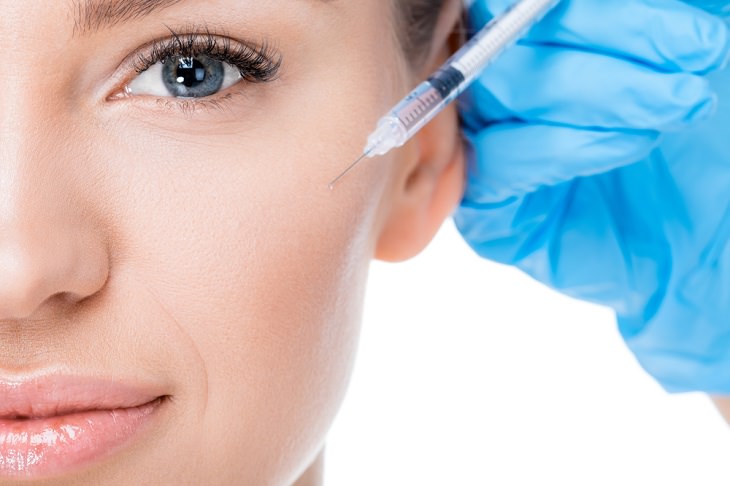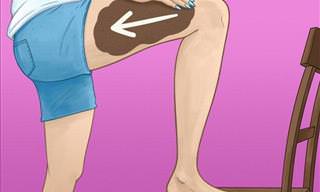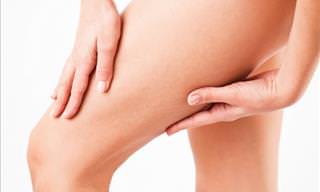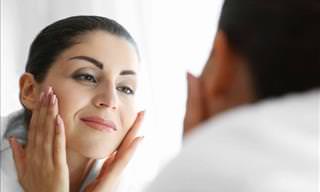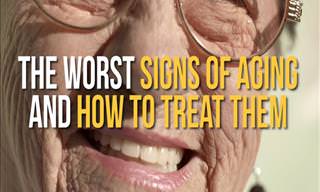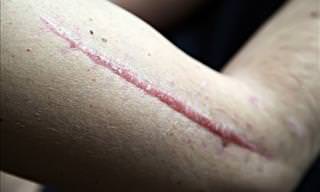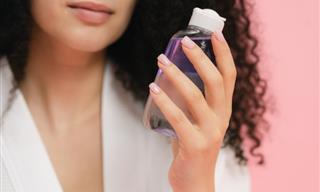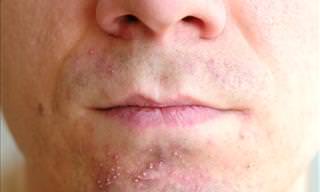A good dermatologist takes the time to see how your face moves—and injects accordingly. In fact, Dr. Engelman says “I’m observing the way you speak, laugh, frown—we go through all your emotions, so I know which muscles to inject and how much. And you should never feel pressured to get more than you’re comfortable with.” Jerome Potozkin, MD, board-certified dermatologist and author of Botox and Beyond, confirms: “Overtreatment and improper placement are the two biggest causes of ‘bad Botox.’”
Of course, it is recommended that you start slow. A great place to start is to see an experienced dermatologist. But, if this is your first time you're considering Botox, you likely have more questions. So, before your first appointment, read on for everything you should know:
What is Botox?
Botox is made from a protein called botulinum toxin which freezes your muscles. Dr. Engelman says “In simple terms, Botox binds to the receptors on the muscles, so that they don’t receive the signal to contract.” And as Dr. Potozkin puts it, “Botox essentially acts as a mute button between the nerve and muscle.”
This so-called mute button means you won't be able to make the movements associated with wrinkles between your eyebrows, crow's feet, and forehead lines. These three areas for cosmetic treatment are approved by the FDA. Dr. Engelman says “Botox won’t help with static wrinkles, the wrinkles that are there when you aren’t making an expression. The goal is to prevent dynamic wrinkles from becoming permanent static wrinkles.”
What are the benefits of Botox beyond reducing wrinkles?
Botox is also used to treat non-cosmetic issues like excessive sweating or eyelid twitching. Dr. Potozkin says “Botox blocks the signal of the nerve telling the sweat gland to secrete sweat and relaxes the muscles around the eyes to help with twitching eyelids.”
But how did doctors come about this knowledge? Dr. Engelman notes that they did so through therapeutic observations. In addition to this, the muscle-relaxing effects also help to treat chronic migraines, overactive bladder, strabismus (crossed eyes), and maybe also depression. In fact, treatments that prevent frowning correlate with reduced negative mood, according to a study published in the Journal of Cosmetic Dermatology.
Is Botox expensive, and how long does it last?
Prices vary depending on your provider. Byt Dr. Engelman charges patients around $150-$400 per area, such as the forehead, or around the eyes. As for what you can claim from your insurance? Botox isn't typically covered for cosmetic procedures.
Once you've had your Botox procedure, it usually takes about five to 14 days to fully activate, and the results last anywhere from three to four months.
Does Botox hurt?
Botox is an injection, so expect to feel a few quick pricks. If you really can't stand needles, ask your dermatologist to use numbing cream. Overall, the process is short and sweet and you can move on with your day, with just a little, mild redness.
Is Botox safe? What are the side effects?
According to the FDA, there is a chance that the toxin can move beyond the site of injection, causing muscle weakness, double vision, urinary incontinence, and even difficulty breathing, swallowing or speaking. If any of these symptoms occur, seek medical attention ASAP, particularly in relation to swallowing and breathing difficulties which can be life-threatening.
Still, severe side effects have never been definitively linked to dermatologic use, where the doses are low. According to research conducted in this area, research shows adverse effects are more likely in therapeutic cases, where doses are much higher, and other diseases are also at play.
According to Dr. Engelman, “Botox is safe and efficacious as long as you’re in the hands of someone who’s licensed and trained.” Of course, as with any other drug, side effects are possible, albeit minor ones. Dr. Potozkin says “Side effects are uncommon but include a headache, bruising, and a drooping brow or eyelid.” So, if you're one of the few people stuck with one of the latter, according to Dr. Potozkin, your doctor can prescribe eye drops to stimulate the eyelid muscle and raise the lid. “Or, if the brow is drooped, you can inject Botox into the muscles that pull the brow down to get some brow elevation.” This is a rare occurrence, but to be on the safe side, you can reduce your risk by seeing an experienced provider.
So, the bottom line is that Botox is a popular treatment that comes with limited side effects when performed by an experienced dermatologist. It is not a painful treatment, and in total lasts for up to four months, however, in terms of cosmetic purposes, it is pricey.
 Go to BabaMail
Go to BabaMail



